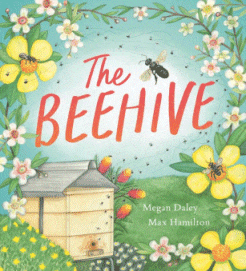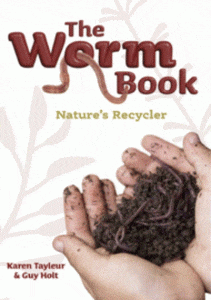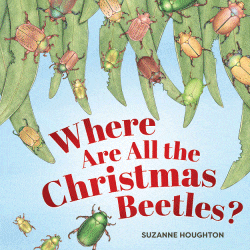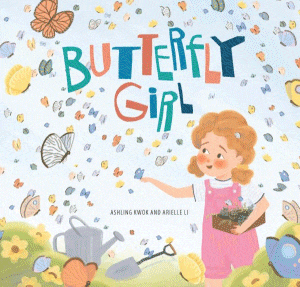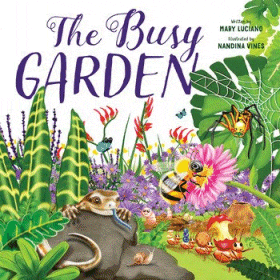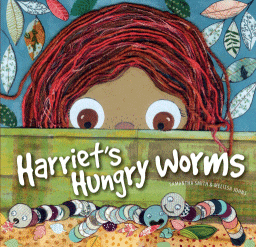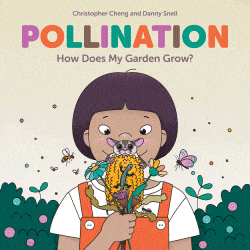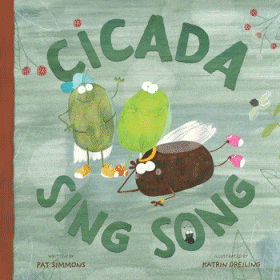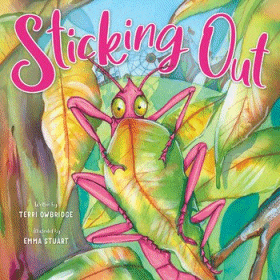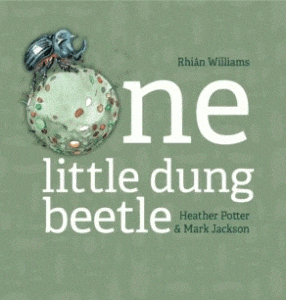
One Little Dung Beetle
One Little Dung Beetle
Rhiân Williams
Heather Potter & Mark Jackson
Wild Dog, 2024
32pp., hbk., RRP $A24.99
9781742036656
Australia is rich with fascinating beetles that all have a job to do. Using counting rhymes, young readers are introduced to some of these unique species and identifying the roles that each type of beetle plays in the environment including the dung beetle, the once-iconic Christmas beetle and some with the most remarkable colouring.
With stunning endpapers, and accurate anatomical illustrations throughout, this offers an insight into the prevalence of beetles in the landscape and the critical role they perform in keeping it healthy and vibrant. Teachers notes offer further resources and links to investigate further, including the world of entomology, while also guiding young readers through the process of distinguishing a non fiction title from a fictional one, and how to use the cues and clues to prepare themselves for getting the most from it.
But while its format might suggest an early childhood audience, there is also scope for older readers to springboard their own investigations – why was the dung beetle introduced to Australia and were all introduced species as successful? Why do some have such remarkable colouring? Why have all the Christmas beetles disappeared to the extent there is now a national count?
Even if the reader is a little young to appreciate all the information, much of it embedded in the illustrations, they will enjoy practising their counting skills as they try to find all the beetles as well as the number of holes nibbled in the title number. The pictures also include other creatures so there is also the opportunity to investigate the concepts of “more” and “less” and other early maths basics.
With its focus topic which will encourage little ones to look at their environment with fresh eyes as well as its format, this is one that offers so much more than first meets the eye. Give it with the gift of a magnifying glass and see the joy and wonder explode.
